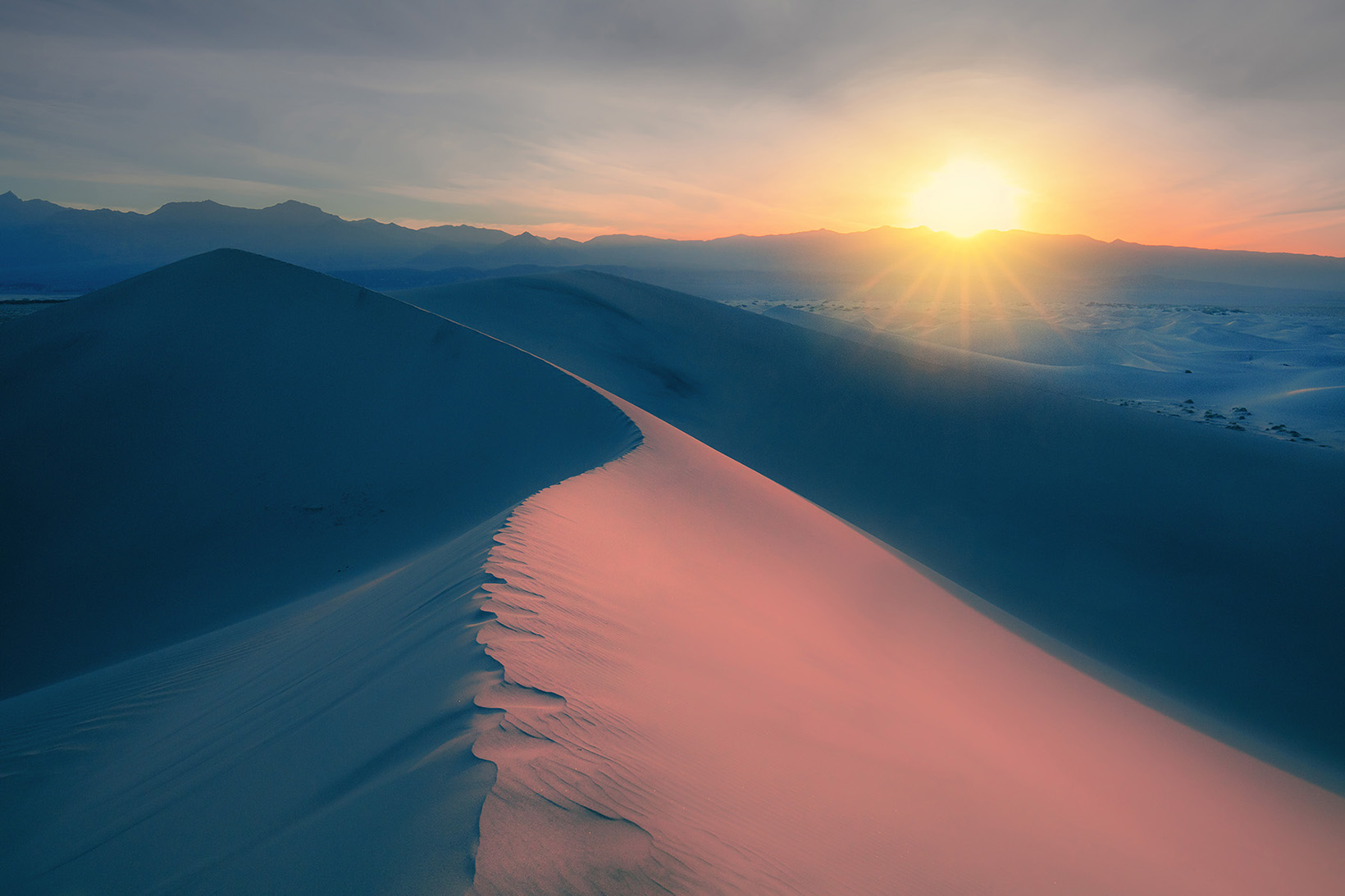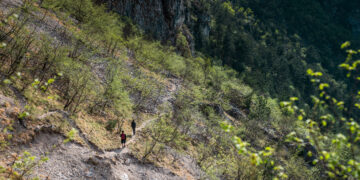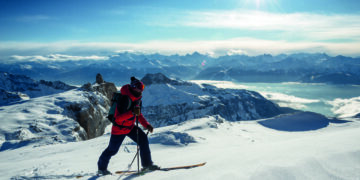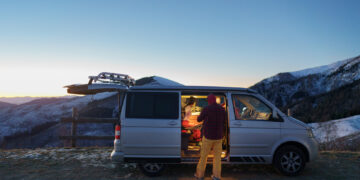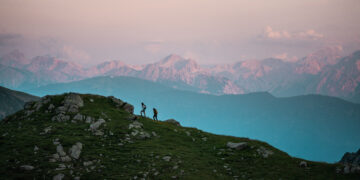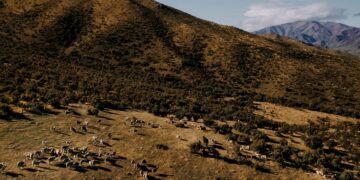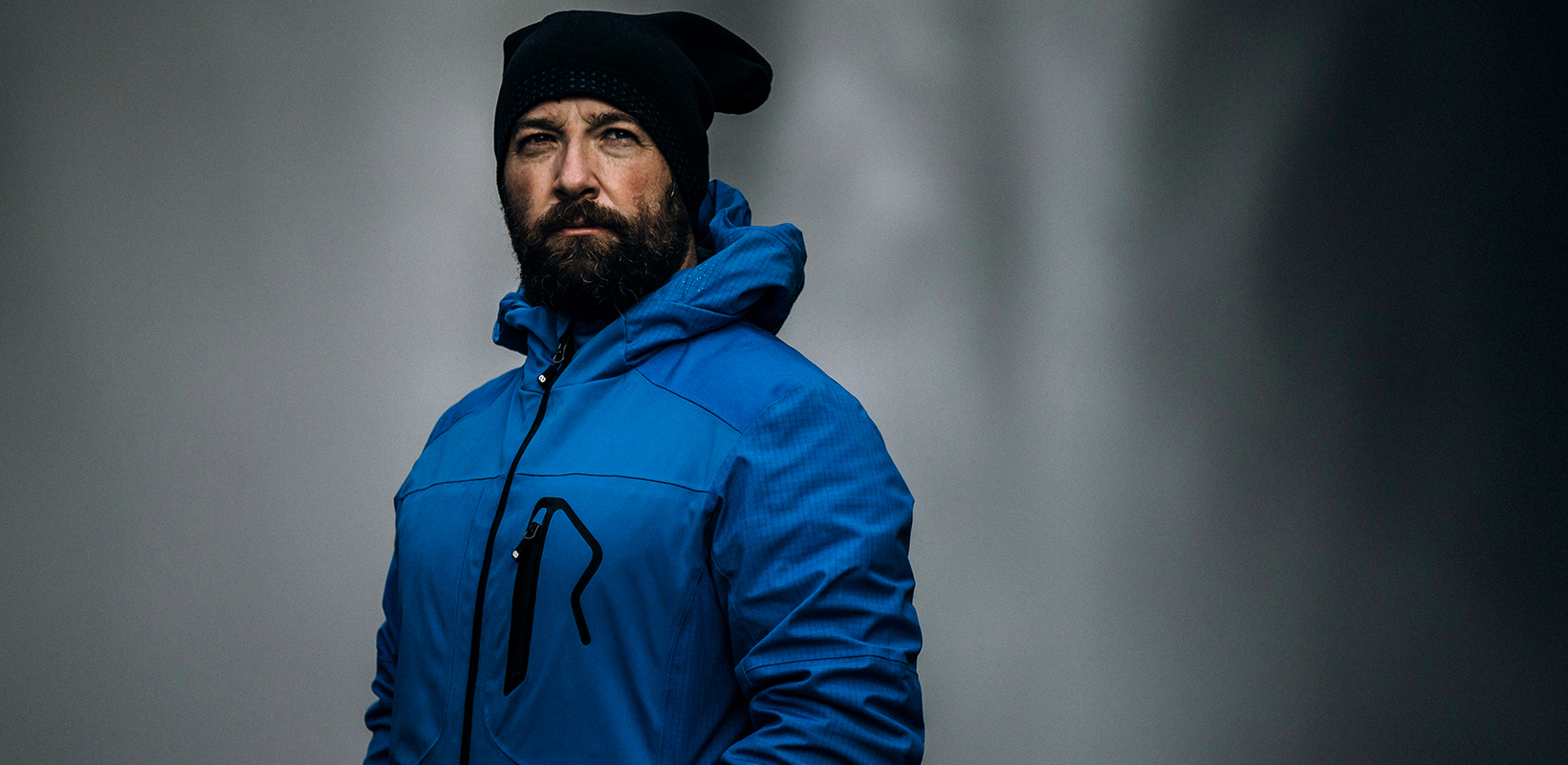
How did your passion for photography begin and how did you later become a pro photographer?
My passion began when I rented a camper after high school and left with two friends for the North Cape in Norway. It was the first trip I took without a fixed return date. We left a little more than a month, but at the time it felt like a year. I took my father’s old Nikon FM2 with me, bought some slides and started shooting.
Your photography is also heavily influenced and connected to the outdoors, how have you experienced the last year?
It’s been stressful. At night I dream about the places I’m most fond of and all I dis was planning. But it’s also true that for the first time in a long time I’ve had the opportunity to study and explore aspects that I had neglected. In doing so, three new projects were born this year that will be challenging, but at the same time will enrich my photographic activity for the coming years.
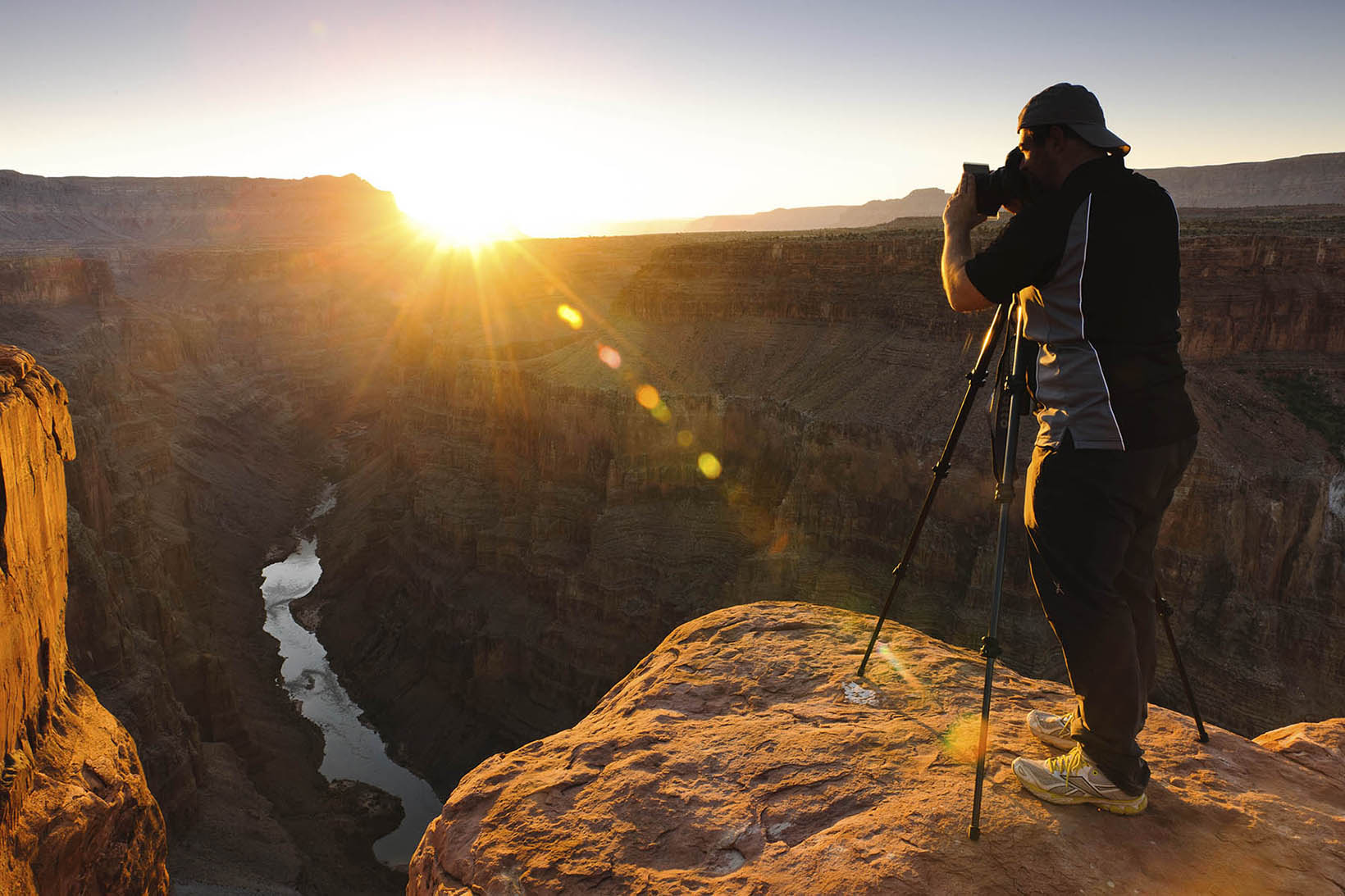
Do you draw inspiration from any photographers?
Only from those of the past: Fontana, Micheal Fatali and Galen Rowell for landscape, Basilico and Micheal Kenna for architecture. I also love the vision of architects like Zaha Hadid and painters like Bruegel and Hopper. Today’s outdoor and landscape photography is dominated by short-lived aesthetic trends that don’t resonate with the market, so I don’t follow it as much.
You travel a lot to take your photographs, what is one place you will never forget and why?
My favourite places are Milford Sound in New Zealand, mainly because it feels like the end of the world. Canyonlands, one of those places where you can enjoy a fantastic solitary experience of American landscapes without the stress of mass tourism. Last but not least, the Chinese rice paddies, visiting them is like going back 400 years and immersing yourself in the ethnic minorities while doing without internet, electricity, paved roads and modernity.
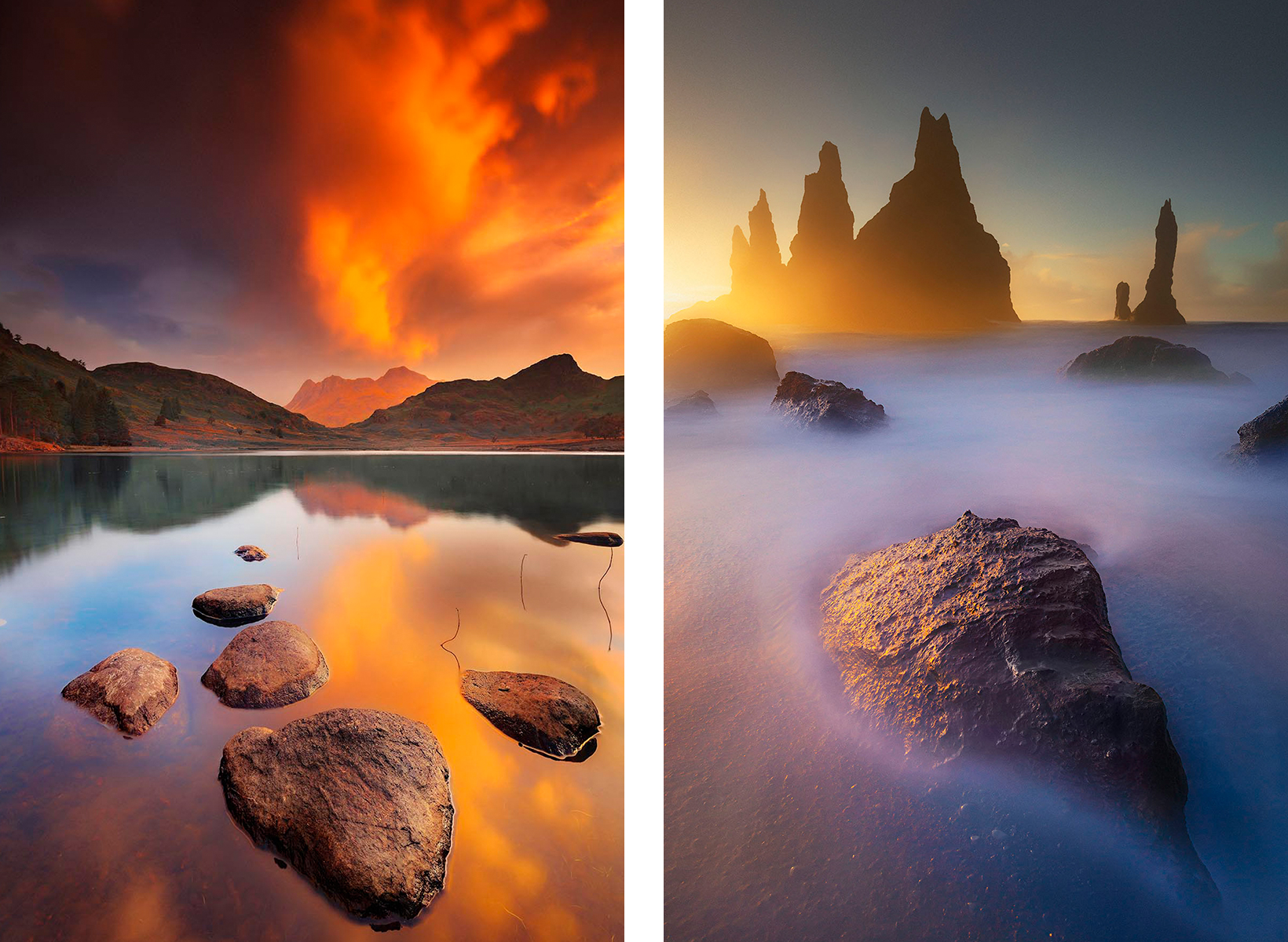
The photo project that represents you the most so far?
The next one! Actually I recently produced an online photography course that a lot of photographers are already taking. Another project that I’m very interested in is the one with Rewoolution, a brand that I’ve been working with for years and that brings me to shoot advertising campaigns around the world. They have always given me the utmost expressive and artistic freedom, so it’s a very rare case of commissioned work that I can complete in the way I prefer. It allows me to be inspired by the moment, circumstances and imagination.
To shoot outdoors you have to be ready for anything, how do you manage your clothing in winter and summer?
I’m a true lover of technical fabrics and can’t live without breathable t-shirts and shells. Since I have to move around with photographic equipment all the time, comfort is also an important factor. As a result, layered clothing is the ideal solution in any area of the world in which I have found myself traveling. When I’m shooting in very cold areas and plan on spending a lot of time outdoors without physical activity, I use Primaloft or down jackets.
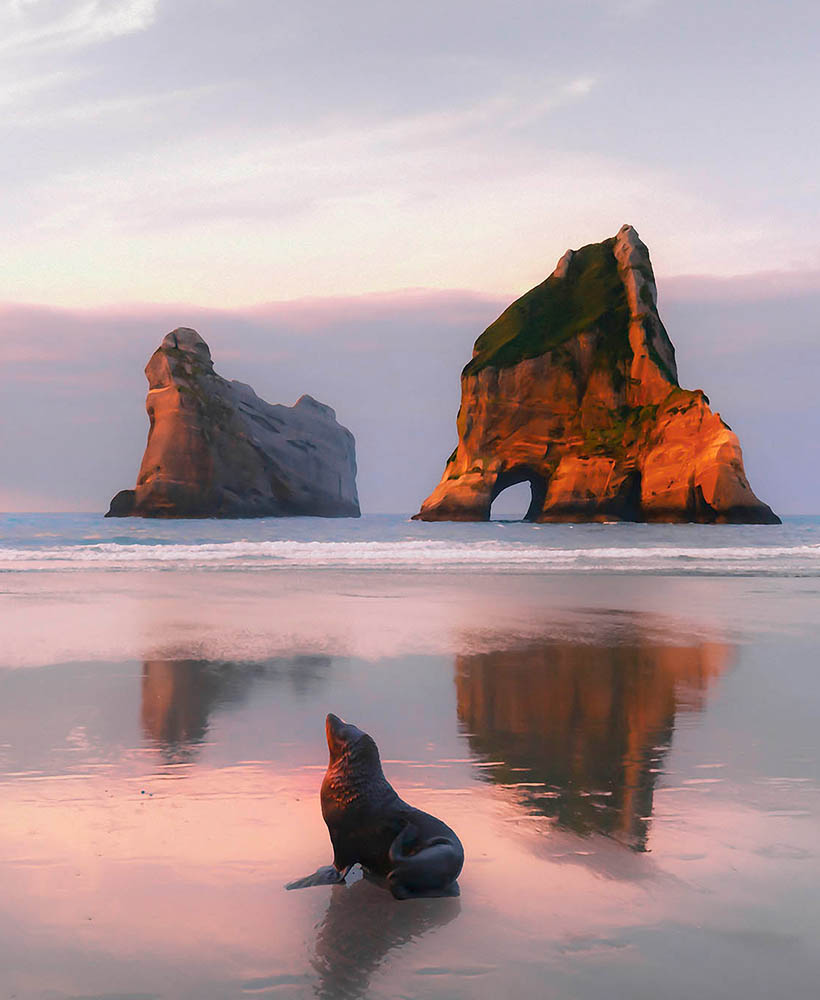
I’m a true lover of technical fabrics and can’t live without breathable t-shirts and shells. Since I have to move around with photographic equipment all the time, comfort is also an important factor. As a result, layered clothing is the ideal solution in any area of the world in which I have found myself traveling.
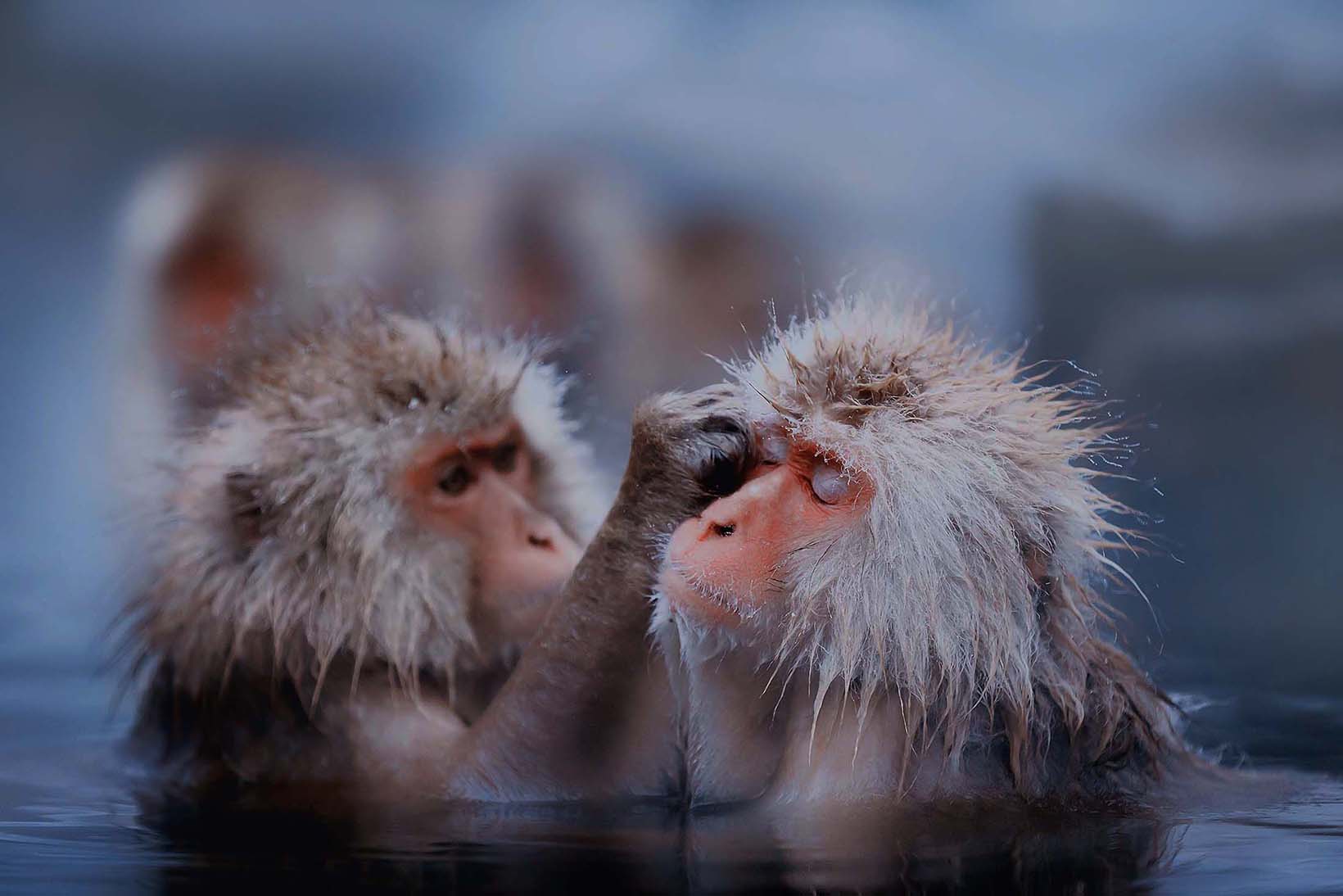
Have you had the opportunity to try Rewoolution products, your three favourites and why?
Ever since I started working with Rewoolution I have been using their products and have come to love merino wool. I love the feeling of having something really natural on. Even when I’m sweating in wet conditions these garments always stay dry, comfortable and odour free.
My favourite products are:
- Nollie, for its essential line;
- Nover, for the way it conforms to the body, giving the feeling of great breathability;
- Cosmic, one word: excellent;
But there are also items from older collections that I’ve come to feel very comfortable with over the years!
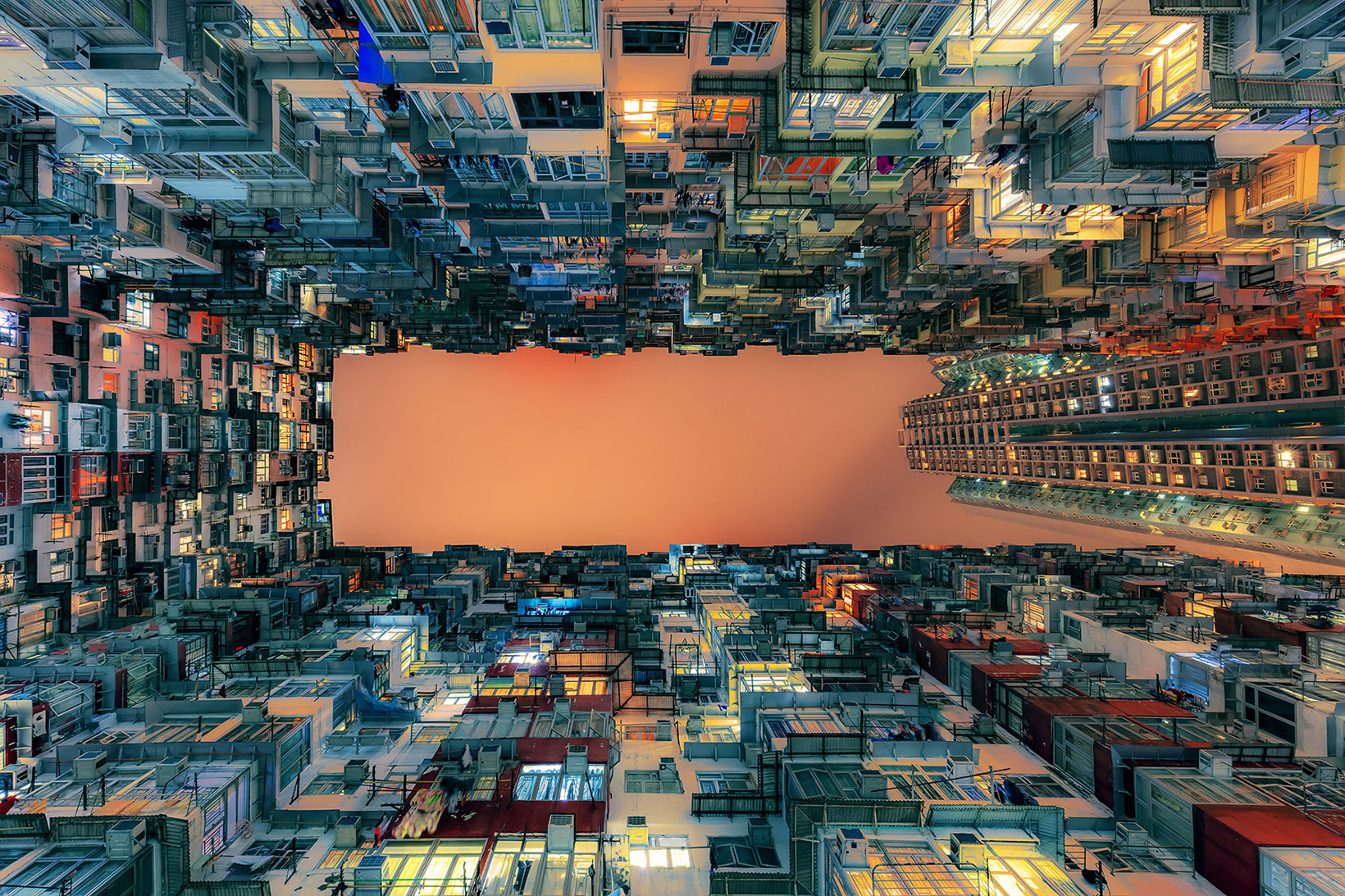
What do you think about merino wool garments? What are your feelings about wearing them?
You have to try them. Before I discovered them I was a big user of synthetic breathable fabrics, but at the same time I found several flaws in them. The feeling of freshness and pleasure on contact with merino wool is a big difference when you spend a whole day outdoors working. Finally, it allows me to not have to constantly strip and re-cover as conditions change.
What advice would you give to a young photography and outdoor enthusiast who would like to pursue a path like yours?
I would advise them to figure out what makes them happy. There are a lot of people who enter in the world of photography trying to make a career out of it and end up photographing what they don’t like, often for financial reasons or because they don’t find their way right away. The apprenticeship is essential, but we must never forget that some things give us emotions and others do not.
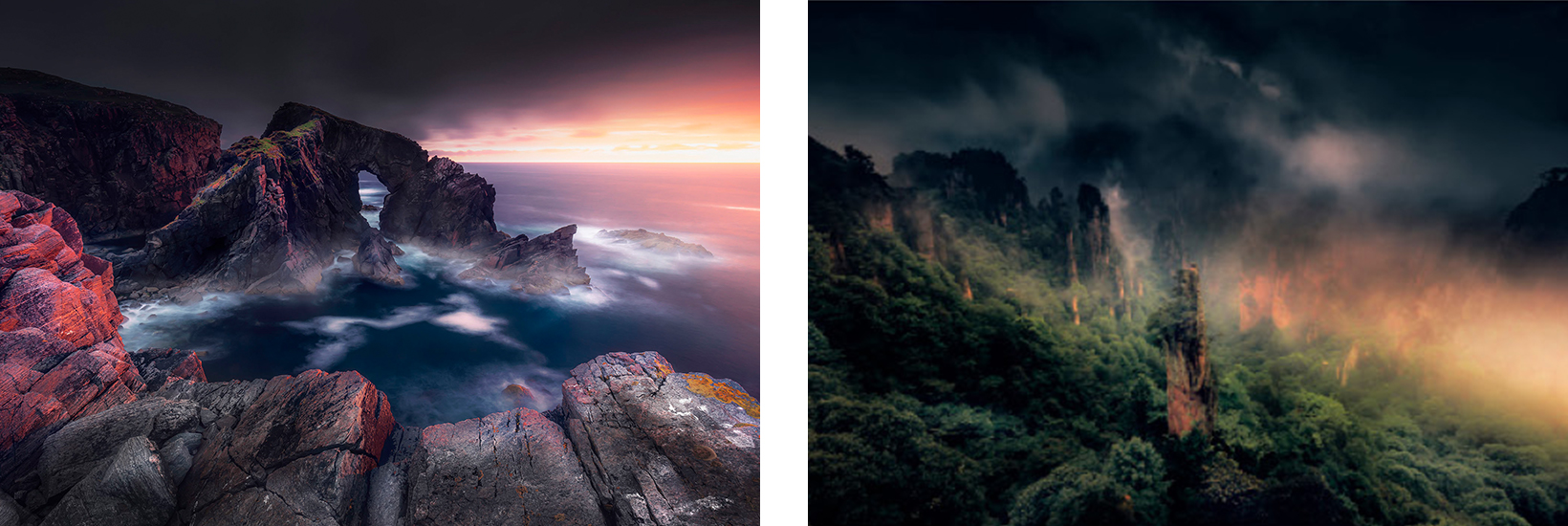
What do you think photography will be like in 10 years?
Years ago it was necessary to spend a lot of money to become a professional photographer. Today, the latest phones would be enough to do many jobs well. Probably in the next few years photography will be even more accessible to everyone and it will be possible to do it with even more portable devices. However, it will be more and more volatile, so it will be necessary to develop languages and contents able to last over time. The only certainty is that there will be more and more photography in our lives.
